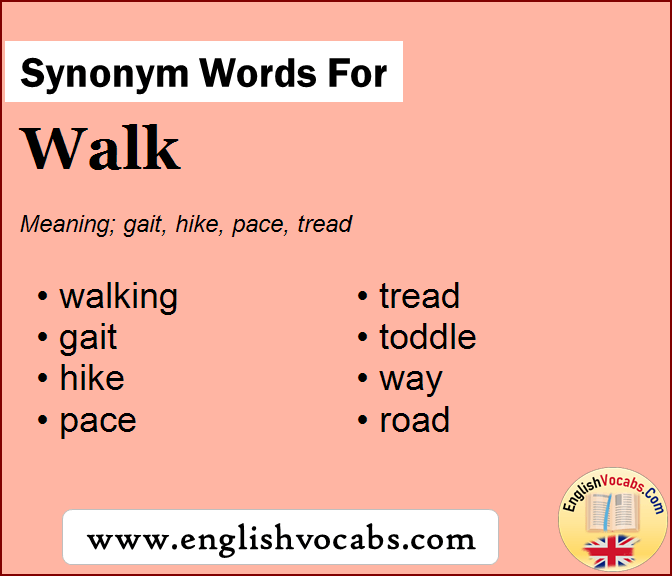

The first clear reference to Baba Yaga ( Iaga baba) occurs in 1755 in Mikhail V. The heroine Vasilisa outside of the hut of Baba Yaga as depicted by Ivan Bilibin (1899) In other Indo-European languages the element iaga has been linked to Lithuanian engti ('to abuse (continuously)', 'to belittle', 'to exploit'), Old English inca ('doubt', 'worry", 'pain'), and Old Norse ekki ('pain', 'worry').

The term appears in Old Church Slavonic as jęza/jędza ('disease'). Related terms appear in Serbo-Croatian jeza ('horror', 'shudder', 'chill'), Slovene jeza ('anger'), Old Czech jězě ('witch', 'legendary evil female being'), modern Czech jezinka ('wicked wood nymph', ' dryad'), and Polish jędza ('witch', 'evil woman', 'fury'). This etymology has been explored by 20th-century scholars. In the 19th century, Alexander Afanasyev proposed the derivation of Proto-Slavic * ož and Sanskrit ahi ('serpent'). Yaga is more etymologically problematic and there is no clear consensus among scholars about its meaning. The element may appear as a means of glossing the second element, iaga, with a familiar component or may have also been applied as a means of distinguishing Baba Yaga from a male counterpart. In the Polesia region of Ukraine, the plural baby may refer to an autumn funeral feast.

As with other kinship terms in Slavic languages, baba may be used in other ways, potentially as a result of taboo it may be applied to various animals, natural phenomena, and objects, such as types of mushrooms, cake or pears. In contemporary Polish and Russian, baba is the pejorative synonym for 'woman', especially one that is old, dirty or foolish. In Serbo-Croatian, Bosnian, Bulgarian and Romanian baba means 'grandmother' or 'old woman'. The first element is a babble word which gives the word бабуся code: ukr promoted to code: uk ( babusya or 'grandmother') or babusia in modern Ukrainian and Polish respectively, бабушка ( babushka or 'grandmother') in modern Russian, and babcia or babunia ('grandmother') in Polish. Variations of the name Baba Yaga are found in many Slavic languages. Johns summarizes Baba Yaga as "a many-faceted figure, capable of inspiring researchers to see her as a Cloud, Moon, Death, Winter, Snake, Bird, Pelican or Earth Goddess, totemic matriarchal ancestress, female initiator, phallic mother, or archetypal image". Andreas Johns identifies Baba Yaga as "one of the most memorable and distinctive figures in eastern European folklore", and observes that she is "enigmatic" and often exhibits "striking ambiguity". According to Vladimir Propp's folktale morphology, Baba Yaga commonly appears as either a donor or a villain, or may be altogether ambiguous.ĭr. She also has associations with forest wildlife. Baba Yaga may help or hinder those who encounter or seek her out and may play a maternal role. In fairy tales Baba Yaga flies around in a mortar, wields a pestle, and dwells deep in the forest in a hut usually described as standing on chicken legs.

In Slavic folklore, Baba Yaga, also spelled Baba Jaga (from Polish), is a supernatural being (or one of a trio of sisters of the same name) who appears as a deformed and/or ferocious-looking woman.
WALKED IN DEEPER SYNONYM FREE
Look up Baba Yaga in Wiktionary, the free dictionary.


 0 kommentar(er)
0 kommentar(er)
